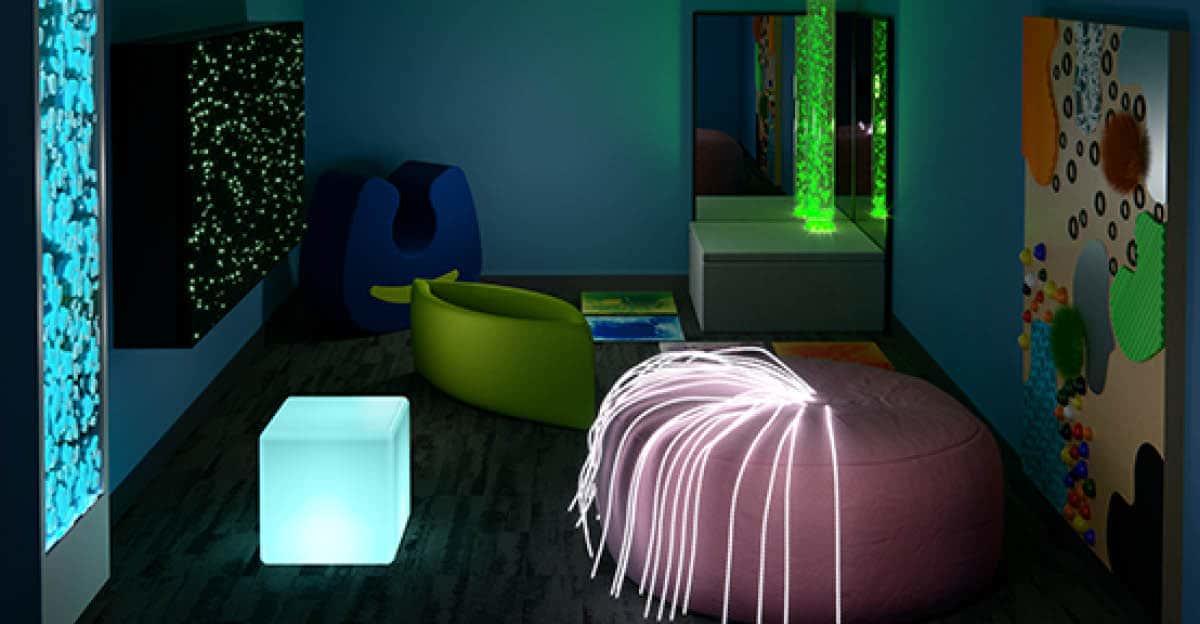As we’ve noted before, students with sensory processing disorders can be overly sensitive to certain classroom stimuli, such as touch, lights, and sounds. For these students, being able to focus and learn effectively can be a challenge. When students become over-stimulated, they need a quiet place where they can calm and regulate their emotions before continuing with a lesson.
Sending students out of the classroom for this purpose can be very disruptive to their learning. For this reason, a growing number of school leaders recognize the importance of offering “chill zones” within classrooms. These quiet spaces are available to students who need private moments to relax.
These spaces allow teachers to give students a “time in” to calm down without excluding them from the classroom—and they’re a key element in creating more inclusive learning environments that meet the needs of all students.
How ‘Chill Zones’ Contribute to More Inclusive Learning Environments
These quiet spaces, which can also be located in an adjoining room, offer gentle lighting and sound-absorbing or sound-blocking qualities, along with furniture that helps define spatial boundaries (such as chairs with higher backs and sides) to help children feel secure in their physical space. Sensory solutions that offer deep touch pressure input, such as a weighted lap pad or bean bag chair, may also help promote self-regulation for calming and organizing.
Visual or auditory input for calming is another common “chill zone” feature. Nature sounds, including water-related noises such as ocean waves or a babbling brook, work well in these spaces. Sensory supports such as bubble tubes are great for quiet spaces because they give students something soothing to watch, which can help promote a more calming, positive vibe. Some manufacturers have created sensory pods to help block noise and prevent sensory overload among students. For instance, these sensory pods from Nook give students with sensory processing disorders a quiet and calm space in which they can work and feel secure. They provide a quiet space for pairs of students to collaborate—complete with a whiteboard wall for brainstorming ideas and connectivity options for charging digital devices.
Cecilia Cruse
Cecilia Cruse, MS, OTR/L has a BS degree in Occupational Therapy from the University of Florida, and her Master’s degree in Education from Georgia State University. She is SIPT certified and has over 25 years of experience in pediatrics with school-based services, acute care, and outpatient pediatric settings.







[…] inclusive learning environment can help all students learn more effectively, including those with disabilities. For instance, […]